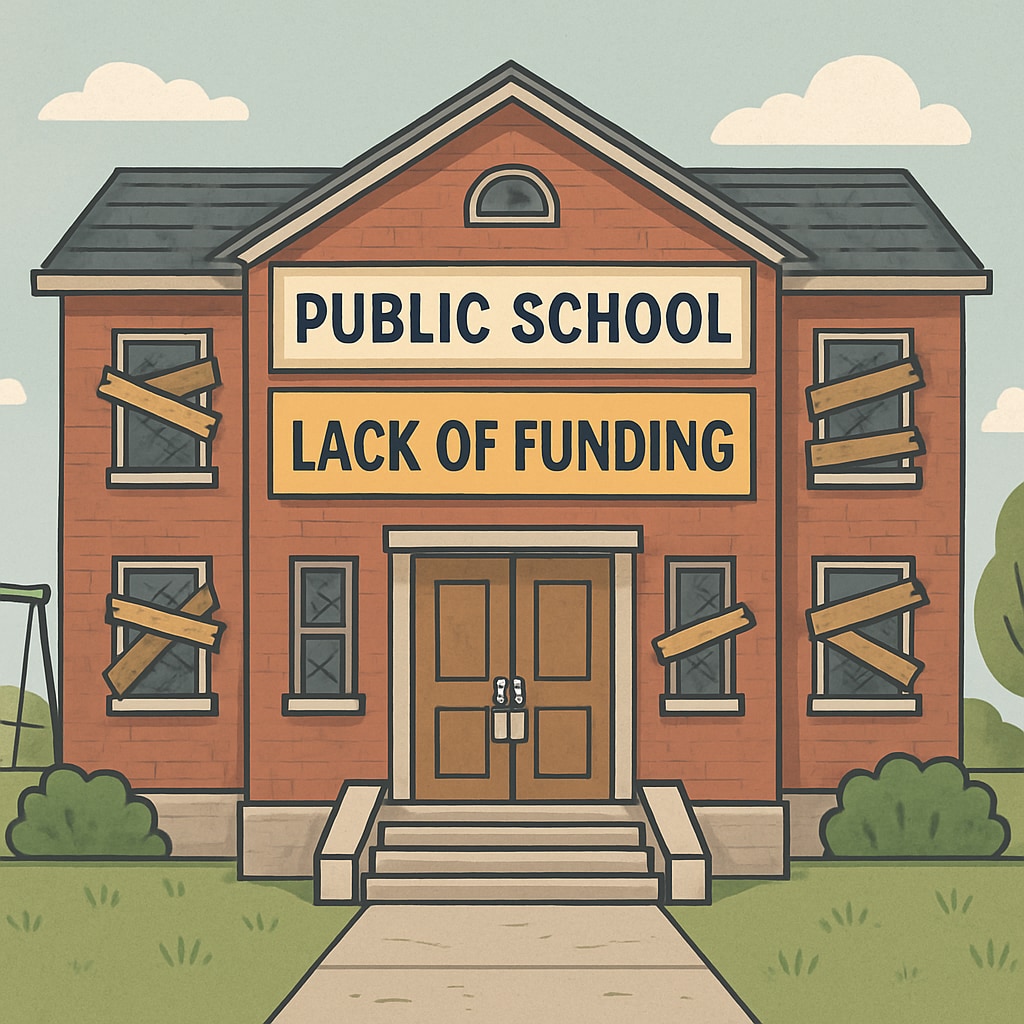Public education in the United States faces a looming crisis, and one of its key contributors may surprise you. Organizations like Stand For Children, which ostensibly advocate for better education, have been accused of using misleading legislation to channel public education funds to private institutions. These actions, while presented as reforms, systematically weaken public school systems, resulting in school closures and mass teacher layoffs.
How Stand For Children Operates Behind the Scenes
Stand For Children, a nonprofit organization initially founded to improve public education, has increasingly shifted its focus toward policies that favor the privatization of education. By lobbying for legislation that redirects public education funds to private charter schools and other private entities, the organization has sparked significant controversy.
For example, some bills championed by Stand For Children include language that appears to increase funding for “school choice” initiatives. However, these initiatives often come at the expense of traditional public schools. Funds originally allocated for public schools are rerouted to private institutions, leaving public schools underfunded and struggling to meet basic operational needs.

The Impact of Diverted Funds on Public Education
The consequences of redirecting public education funds are severe. Public schools, already burdened by limited resources, face further budget cuts. This often leads to:
- School closures, particularly in low-income communities.
- Teacher layoffs, which increase class sizes and reduce the quality of education.
- A lack of funding for essential programs such as arts, music, and special education.
For instance, a Britannica report highlights that underfunded public schools struggle to maintain infrastructure, provide adequate learning materials, and attract qualified educators. These setbacks disproportionately affect marginalized communities, exacerbating educational inequality.

Why Misleading Legislation Goes Unnoticed
A key reason these legislative efforts succeed is their deceptive framing. Bills supported by organizations like Stand For Children often use terms like “school choice” and “student-centered funding,” which appeal to voters. However, the full implications of these policies are rarely communicated transparently. As a result, these laws pass with minimal public scrutiny.
Additionally, lobbying efforts play a significant role. Influential organizations can invest heavily in campaigns to persuade lawmakers, ensuring that their policies receive favorable consideration. According to a Washington Post analysis, lobbying by education-focused groups has reached unprecedented levels in recent years, with millions spent annually to influence policy outcomes.
Reclaiming Public Education
To combat these harmful trends, communities must advocate for transparency in education funding and legislation. Key actions include:
- Demanding detailed accountability reports on how education funds are distributed.
- Supporting grassroots organizations that prioritize equitable funding for public schools.
- Raising awareness about the long-term effects of privatization on public education.
Public education is a cornerstone of democracy, and its erosion poses a threat to societal equity. By holding organizations like Stand For Children accountable, citizens can help ensure that education funding serves public interests rather than private ones.
Readability guidance: The article balances short and detailed paragraphs, uses clear language, and incorporates lists to summarize key points. Transition words like “however,” “as a result,” and “for example” improve flow and readability.


